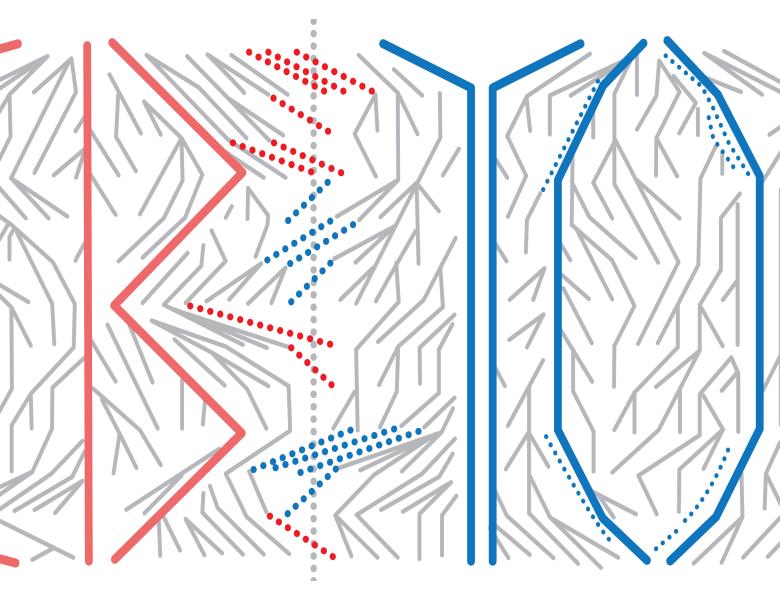
Abstract
I will give a broad overview of the research program that Prof. Eors Szathmary (Parmenides Foundation, Munich) and I have been carrying out since 2008 on Evolutionary Neurodynamics. Since 2013 this has been a FP-7 FET OPEN Project in collaboration with Luc Steels (UVB), Dario Floreano (EPFL), and Phil Husbands (Sussex). The hypothesis we explore is that some kind of natural selection algorithm is implemented in the brain, with entities that undergo multiplication, with variation and heredity. We have identified several candidate units of evolution in the brain, e.g. patterns of connectivity, patterns of activity, and evolvable pathways of activation through a network. We have identified algorithmic advantages of using populations of solutions (e.g. as in particle filters) rather than single points (e.g. as in MCMC). We have reason to believe that language learning is an evolutionary process occurring during development, in which populations of constructions compete for communicative success. We have reason to believe that during human problem solving, multiple solutions are entertained recombined and mutated in the brain. We have reason to believe that evolutionary methods provide a powerful ensemble approach to combine populations of decomposed and segmented predictive models of the world, policies, and value functions. We have reason to believe that causal inference can play an important role in copying patterns of connectivity between one part of the brain and another part, by one part of the brain observing the spikes from another part of the brain, and that the same mechanism can be used to infer causal relations in perceived inputs. In short, multiple constraints at many levels make the idea of evolutionary neurodynamics not as crazy as it would seem from any one perspective. Please see the following papers for an introduction to our research.
http://www.frontiersin.org/Journal/10.3389/fncom.2012.00024/abstract
http://www.plosone.org/article/info%3Adoi%2F10.1371%2Fjournal.pone.0023534
http://onlinelibrary.wiley.com/doi/10.1111/cogs.12073/abstract
http://www.plosone.org/article/info:doi%2F10.1371%2Fjournal.pone.0003775
http://www.mitpressjournals.org/doi/abs/10.1162/NECO_a_00031


